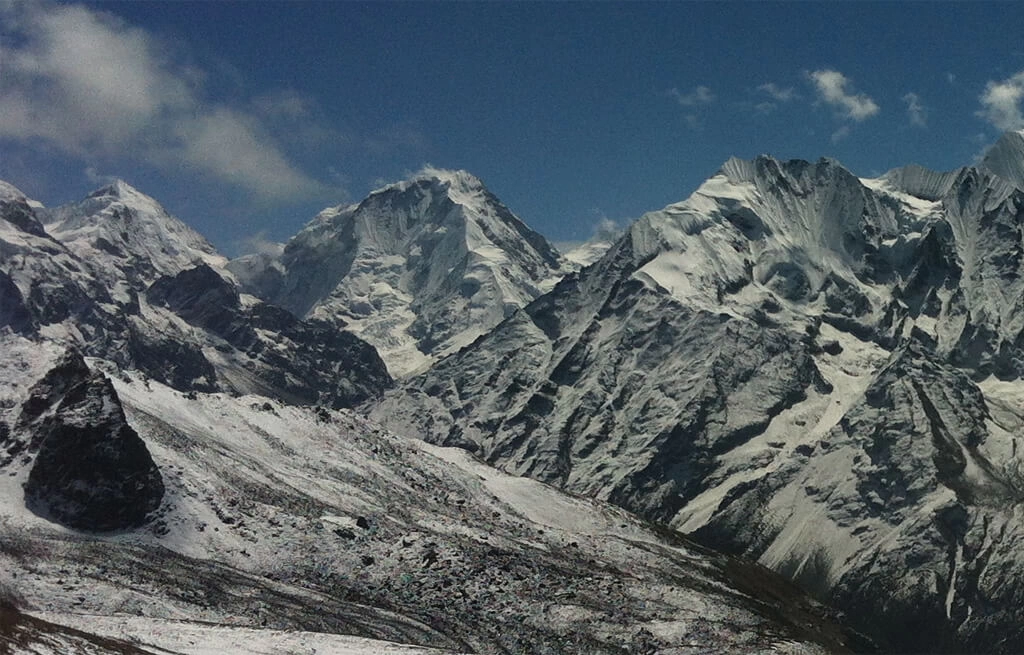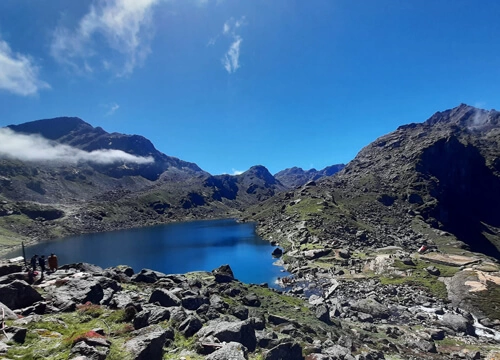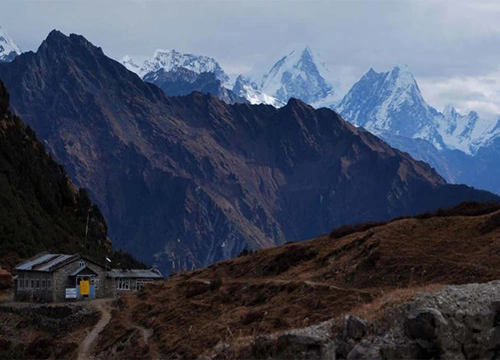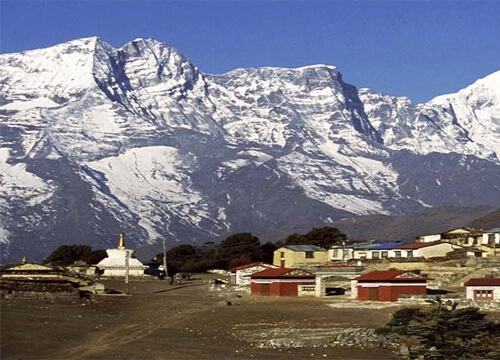Ganjala Pass trek best time
In general, the trekking season in Nepal runs from September to November and from March to May. These months offer the best combination of good weather, clear views, and moderate crowds. During these months, the weather is generally pleasant, with warm days and cool nights, and the skies are generally clear, providing great views of the surrounding mountains and valleys.
The Ganjala Pass trek can be done in other months as well, but the weather and conditions may be less favorable. The winter months (December to February) can be very cold and snowy in the Langtang region, making the trek more challenging and potentially dangerous.
The summer months (June to August) are the monsoon season in Nepal, which means that the trekking trails may be wet and muddy, and there may be more clouds and rain, which can limit visibility.
Ganjala Pass trek accommodation
Teahouses are the most common type of accommodation along the Langtang Gosaikunda Helambu trek route. These are small, locally-owned guest houses that offer basic facilities, including private rooms or shared dormitory-style rooms, and often include a dining area where you can have meals.
Guesthouses are similar to teahouses, but they are typically located in larger towns and villages and may offer more amenities, such as Wi-Fi and laundry facilities. It is important to note that the availability of accommodation can vary depending on the time of year you are trekking.
During the peak season, from September to November and from March to May, accommodation may be more crowded, and you may need to book in advance to secure a room. During the off-season, accommodation may be less crowded. and you may be able to find a room more easily.
Meals
During the Ganjala Pass trek, you will have the opportunity to enjoy a variety of local and international dishes at the teahouses and lodges along the route. These establishments usually have a menu with a variety of options, including Nepali dishes, Tibetan dishes, Indian dishes, and Western dishes.
Nepali dishes that you may find on the menu include dal bhat, which is a staple meal consisting of rice, lentil soup, and vegetables, as well as momos, which are steamed dumplings filled with meat or vegetables. Other dishes like thukpa, Tibetan bread, curry, rice, naan bread, pasta, pizza, and sandwiches are available.
You can also find a variety of hot and cold drinks, including tea, coffee, and hot chocolate, as well as bottled water and soft drinks.
Group/private joining
A group trek involves joining a group of trekkers who are led by a professional guide. Group treks can be a great way to meet other like-minded people and share the experience of the trek, as well as benefit from the expertise and knowledge of the guide. Group treks are generally more affordable than private treks, as the costs are shared among the group members.
A private trek involves hiring a guide and porters (if desired) to take you on the trek on a one-on-one basis. Private treks offer more flexibility and customization, as you can tailor the itinerary to your specific interests and needs. Private treks are generally more expensive than group treks, as you are paying for the exclusive services of the guide and porters.
Child Policy
There is no specific child policy for the Ganjala Pass trek, as it is ultimately up to the parents or guardians to decide if the trek is suitable for their children. However, there are a few factors to consider when deciding if the trek is appropriate for children:
Age and physical ability
Altitude
Safety
Travel Insurance
It is highly recommended to purchase travel insurance for the Ganjala Pass trek, as it can provide financial protection in the event of unforeseen circumstances, such as illness, injury, or trip cancellations. Travel insurance can also cover you for other potential issues, such as lost or stolen luggage, travel delays, and medical evacuation.
There are many different travel insurance companies and policies to choose from, and it is important to do your research and find a policy that meets your specific needs and budget. When comparing policies, be sure to consider the coverage limits, exclusions, and terms and conditions, as well as the reputation and financial stability of the insurance company.
Some things to look for in a travel insurance policy for the Ganjala Pass trek include coverage for:
Medical expenses
- Trip cancellations and interruptions
- Emergency air evacuation
- Personal liability: This can include coverage for accidental damage or injury that you may cause to another person or property during your trip.



